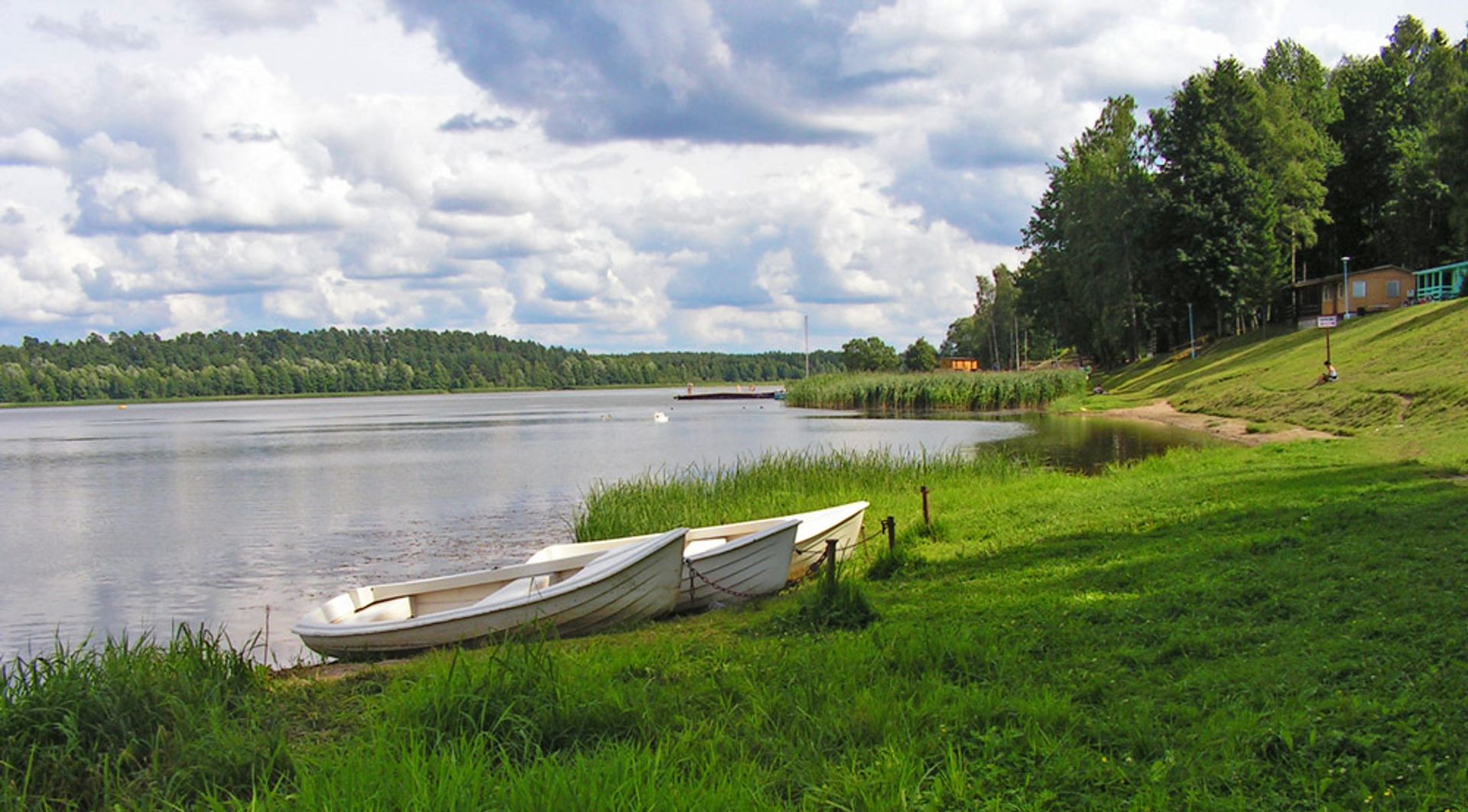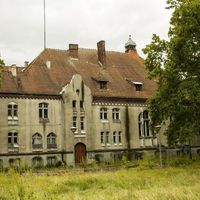Rominta Forest Landscape Park
6.88

Overview
The Romincka Forest Landscape Park, established on January 14, 1998, is located in the northeastern part of the Warmian-Masurian Voivodeship. The park covers an area of 146.20 km², with a buffer zone of 79.42 km². The park's terrain, 80% of which is forested, resembles taiga and is characterized by diverse topography shaped by the last Baltic glaciation. Moraine hills reach heights of up to 280 meters above sea level, and the valleys of the Błędzianka, Bludzia, and Czerwona Struga rivers cut through the park. On its northern border lies the Polish-Russian border, and in Stańczyki, there are 36.5-meter-high railway viaducts, which are a local attraction.
The park's vegetation is diverse, featuring boreal spruce forests and rich peatland ecosystems. It is home to numerous rare and protected plant species, such as the marsh arrowgrass, bog rosemary, small-leaved cranberry, and many others. An important feature of the park are its nature reserves, including Żytkiejmska Struga, which protects the valley of a forest stream, and Czarnówko, where you can find swampy pine forests and peatlands with rare plant species. The Romincka Forest also has rich cultural resources related to the history of hunting, as it has been a hunting ground for the rulers of these lands since the 14th century. Remnants of Emperor Wilhelm II's hunts include commemorative stones marking his successes, and in 1892, the painter Julian Fałat documented the charm of this area. The park preserves many cultural monuments, including churches, manor houses, and unique urban layouts. An architectural curiosity is the tall railway viaducts, reminiscent of Roman aqueducts, which attract tourists with their silhouette and height. Well-maintained, the Romincka Forest Landscape Park is an excellent example of the symbiosis of nature, history, and architecture.
Location
You can also find here:
2025 Wizytor | All Rights Reserved
